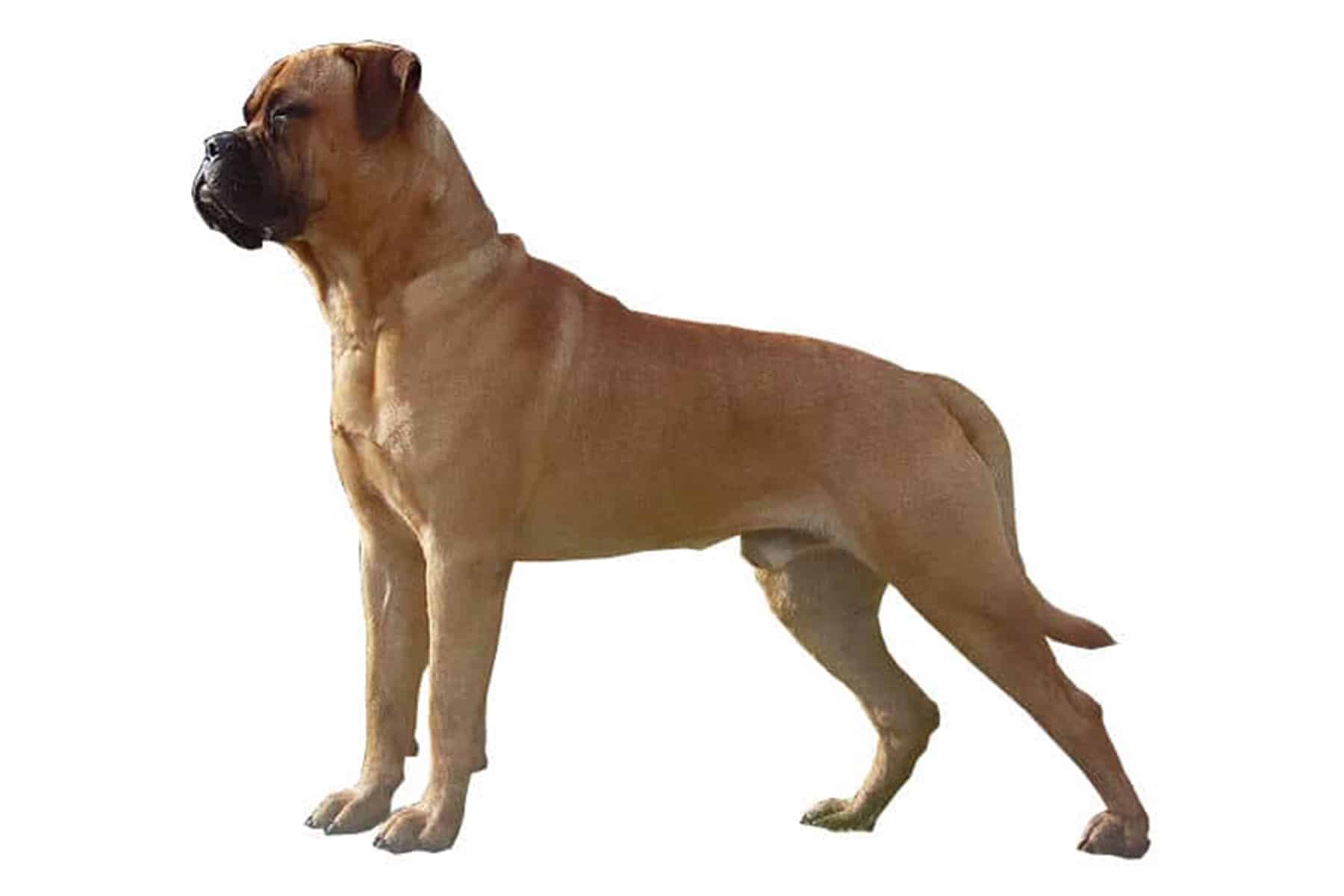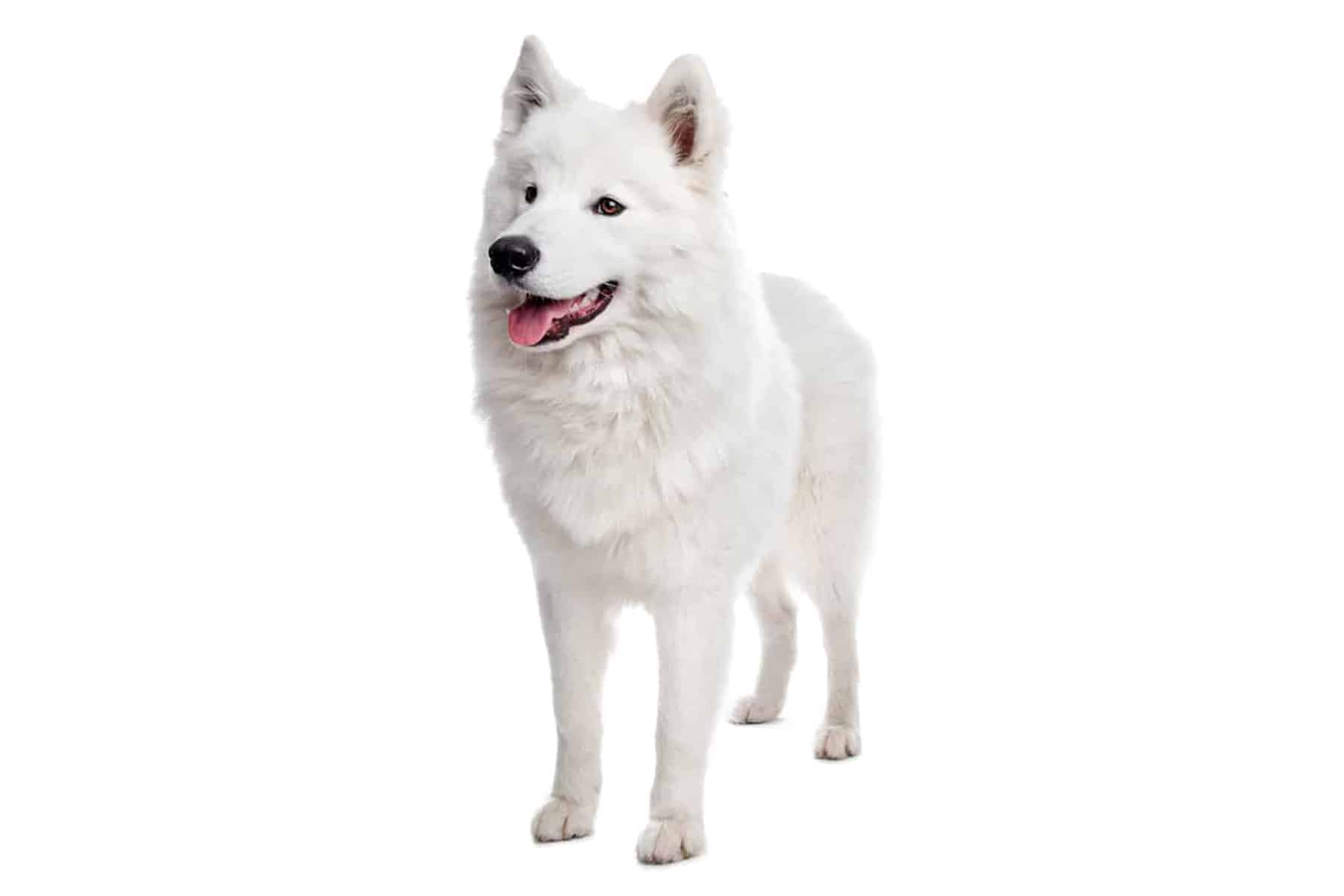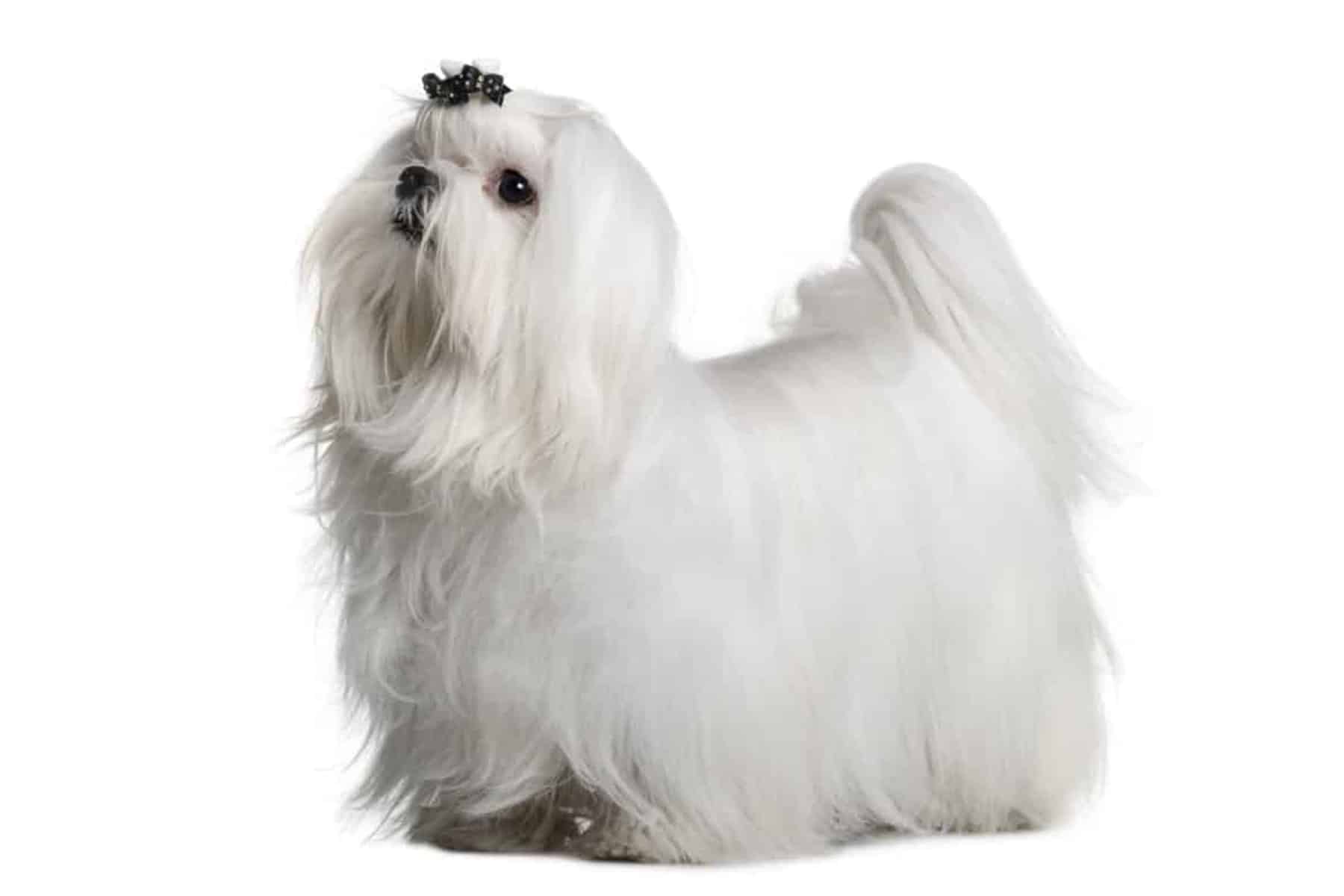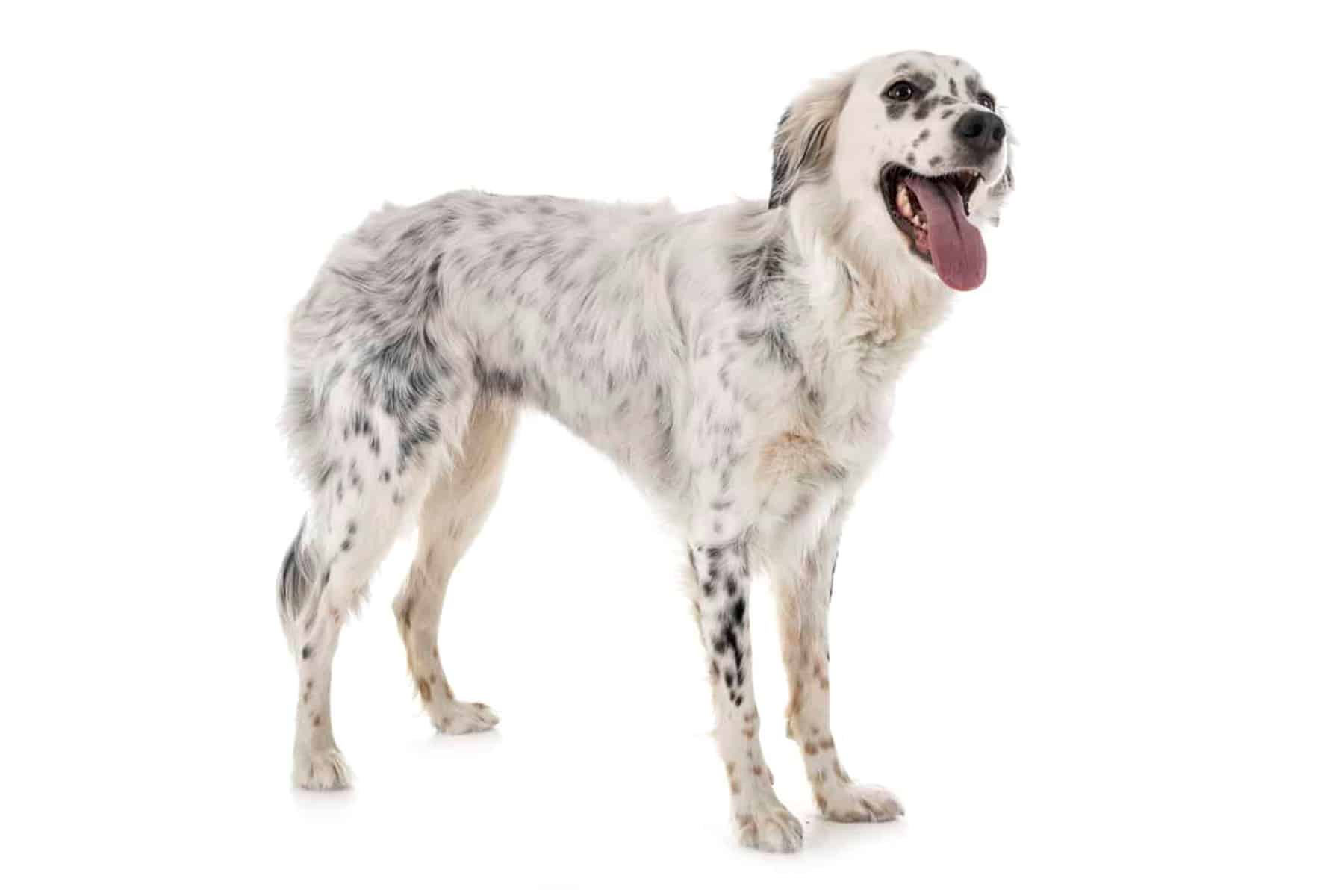Gordon Setter
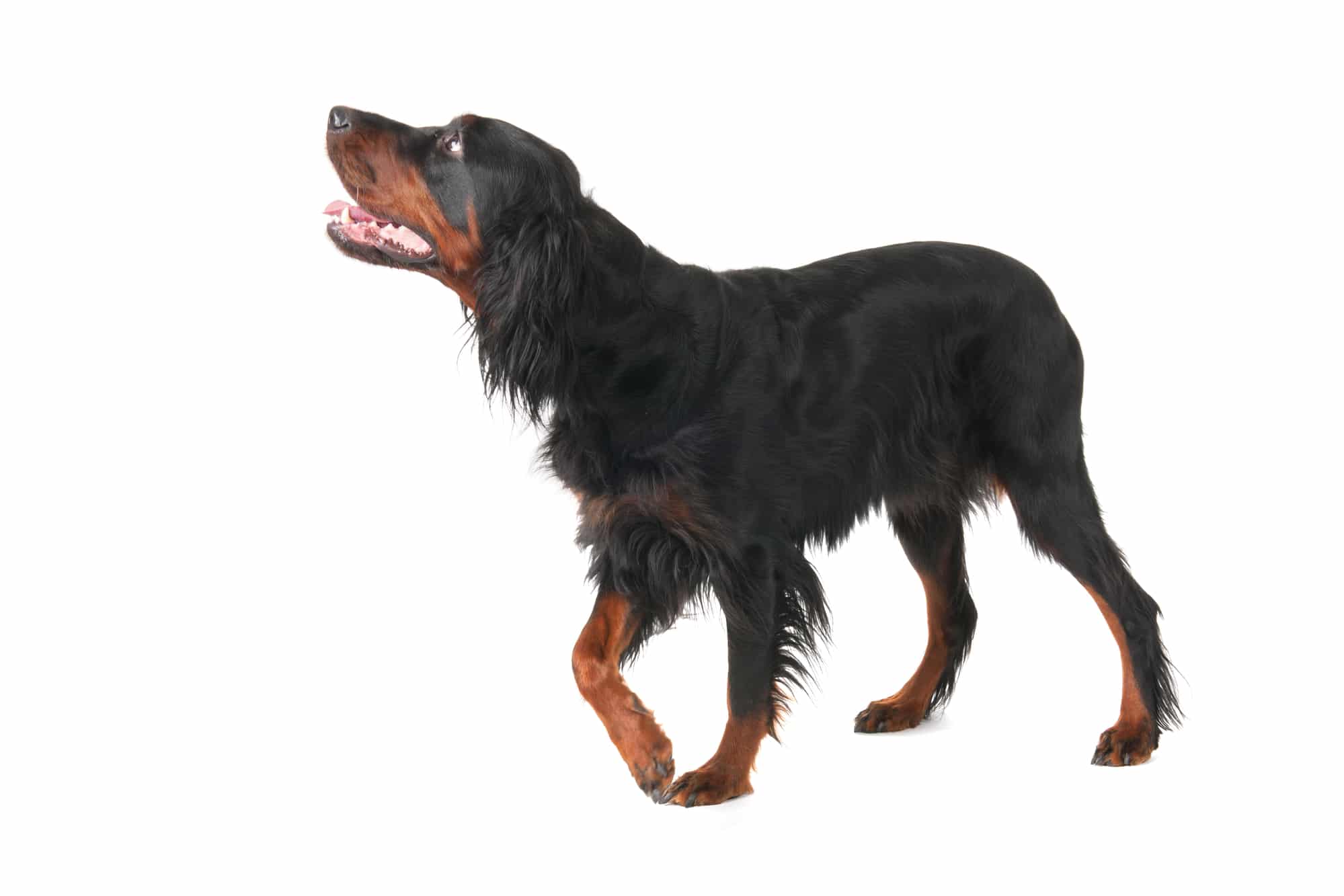
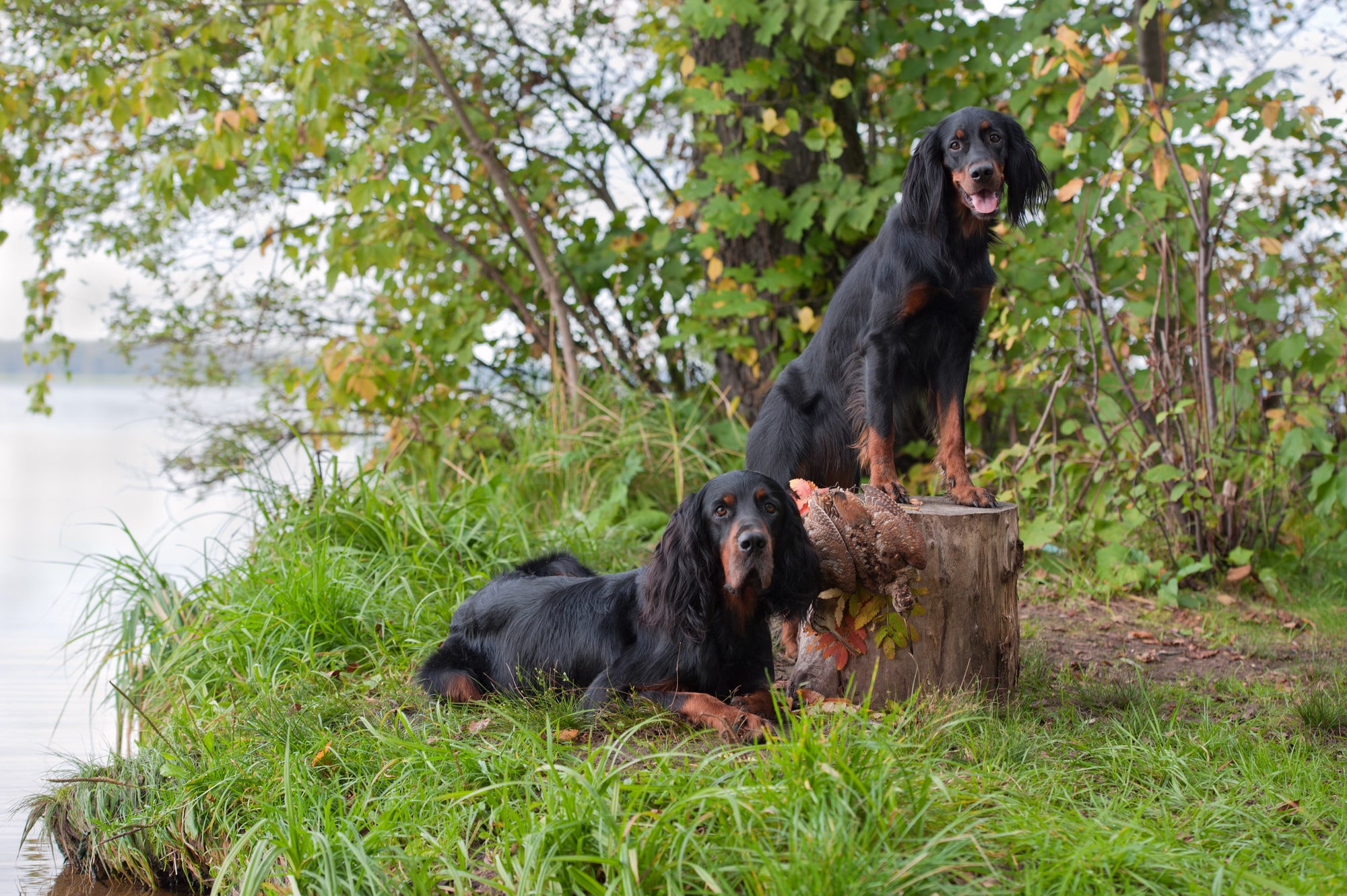

Temperament:
The Gordon Setter is a spirited and elegant dog. It is mainly used for hunting, but is also a good family dog if given enough exercise. If you already have experience, are sporty, active in hunting and live in the countryside, this breed could be the right one for you.
Characteristics
The Gordon Setter impresses with its elegant appearance. The coat is of medium length, with slightly longer hair only on the hind legs, tail and ears. The predominant color is a glossy black, only on the legs, above the eyes and on the muzzle is a tan blaze visible.
The body is well proportioned. The head has the characteristic stop and a long muzzle. The drooping ears are narrow and set low on the head. It belongs to the large dogs. Males reach a shoulder height of about 66 cm, bitches are about 4 cm smaller. The weight is between 25 and 30 kg.
The Gordon Setter is courageous, spirited and very intelligent. Its high willingness to perform makes it a popular hunting dog. As it is very balanced and sociable, it can also prove itself as a family dog.
However, his upbringing requires experience and sensitivity. You have to show him who is in charge in a consistent but cooperative manner.
The Gordon Setter is and remains a hunting dog, and keeping him in the family home does not change that. This breed is not a pure leisure dog that is content with a walk around the block and a run in the garden. As he is physically and mentally very active, he expects you to keep him busy.
Despite his hard shell, the Gordon Setter bonds very closely with his humans. You should therefore definitely let him participate in family life. He gets on well with children if they have learned to treat dogs with respect.
Coat care:
Shedding:
Energy level:
Trainability:
Children suitable:
The right food
When choosing food, make sure that it contains high-quality ingredients, is balanced and meets your dog's requirements. Age, size or weight, activity and health status play an important role. You should follow the manufacturer's recommendations for the amount of food.
Treats should only be fed in moderation and deducted from the basic diet to avoid obesity.
Puppies can be fed 4-6 times a day. The number of meals should be gradually reduced to 2 per day until the dog is fully grown. A rest period should be observed after meals.
Fresh drinking water should be available at all times.
Health & Care
The Gordon Setter has a medium-length coat that needs to be brushed regularly. This is best done with an ordinary dog brush. Tools that remove the undercoat can damage the topcoat and should only be used by professionals.
The question of whether you should bathe your dog or not is also controversial. In principle, you can bathe your Gordon Setter if the dirt cannot be brushed out. Use a mild dog shampoo for this. However, it is usually sufficient to brush him thoroughly after a walk.
Like all setters, the Gordon Setter has floppy ears. These can easily become inflamed. This happens particularly quickly in warm and humid weather. It is therefore important that you check your dog's ears regularly.
If they are dirty, you will need to clean them carefully with a special lotion. If you don't have the confidence to do this, your vet will be happy to show you how or do it for you.
You must also make sure that the claws do not become too long. This can happen if your dog mainly walks on soft surfaces. Even if he can no longer walk for so long due to his age.
In this case, you will need to trim the claws with special claw scissors. This work also requires practice in order to avoid injuries. Again, please ask your vet or a dog groomer for advice if you are unsure.
Suitable accessories
For your Gordon Setter, you will of course need the basic equipment that a dog of this size needs. If you are getting a puppy, bear in mind that it is still growing.
Therefore, when buying a "basket", make sure it is the right size. With leads, collars or harnesses, you should expect to have to replace them more often until your dog is fully grown.
The same applies to your car. You need a suitable dog crate to keep your dog safe during the journey and not hinder your driving. Your dog must wear a muzzle on public transport. Get him used to it early on.
Which other accessories you need depends on what you want to do with your dog. If you want to practise retrieving with your dog, you will need dummies or the tried and tested retrieving stick.
A clicker can work wonders when it comes to training. Clicker training is often the key to success, especially with temperamental and emotional dogs.
Other accessories that are part of every dog's basic equipment: water and food bowl, tick tweezers, claw clippers, mild dog shampoo, brush and comb, toothbrush and toothpaste for dogs and a first aid kit. Ask your vet what should be in the first aid kit.
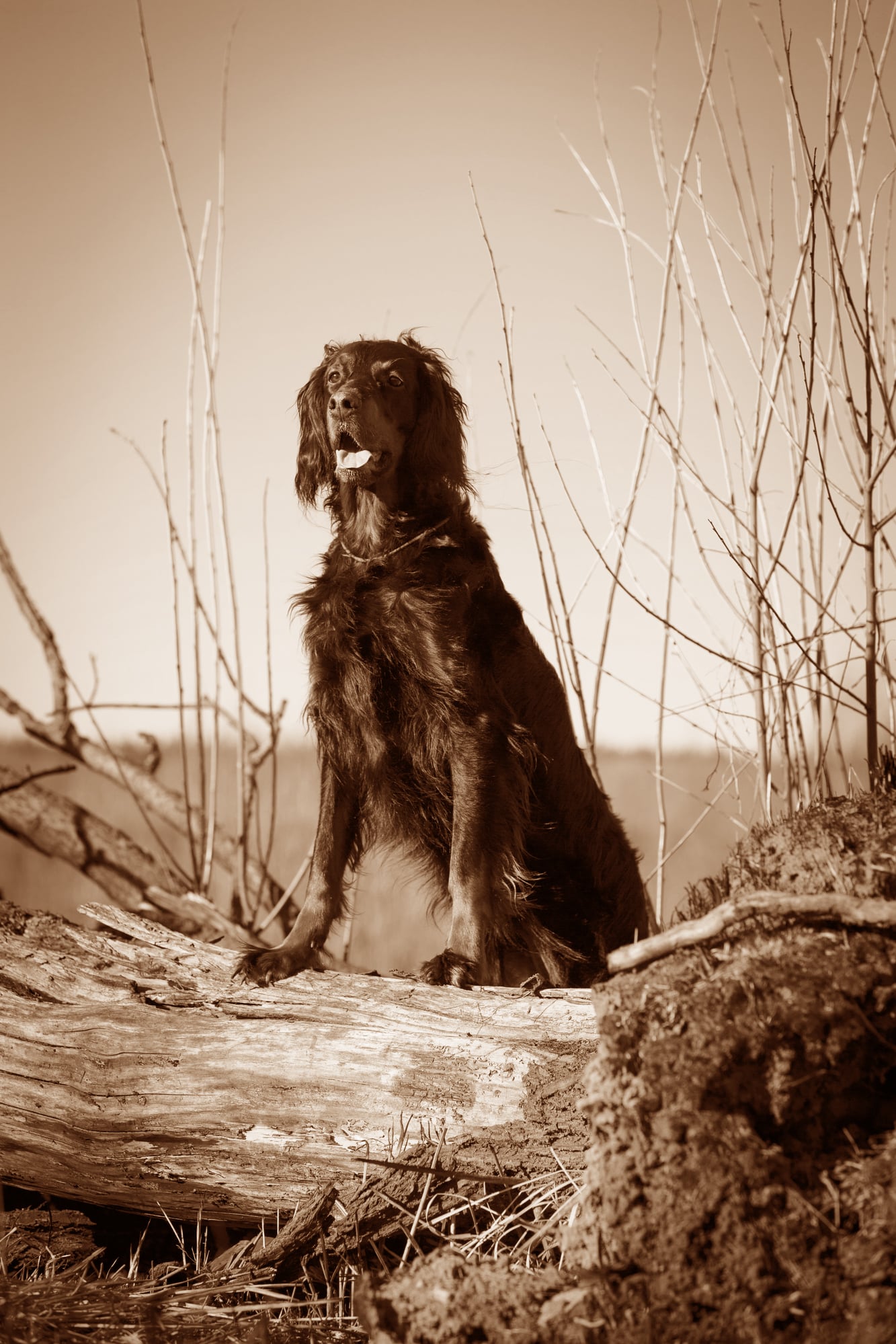
Origin & History
The breed originally comes from the British Isles. Setters were bred as early as the 18th century by crossing the pointer and spaniel breeds. The relationship between our modern Gordon Setter and the pointer has been genetically proven since 2017.
The ancestors of today's Gordon Setters were pointing dogs. They showed the hunter where the game was by adopting a certain posture. As they did this lying down, they were called setters for short. In contrast to the classic pointing dogs, they were more versatile and therefore adapted to modern hunting.
The targeted breeding of the Gordon Setter began in 1810 by the Scottish Lord Alexander Gordon of Banffshire. The current standard was not established until 1873 by the newly founded Kernel Club.
From this point on, other color variations were excluded for this breed. The name "Black and Tan Setter" was used until 1924, after which the name was changed to "Gordon Setter".
The VDH, the German Kennel Club, is responsible for maintaining the breed standard in Germany. It acts as an umbrella organization to which many German breeding associations and clubs are affiliated.
The sub-associations responsible for the Gordon Setter are the Gordon Setter Club Germany and the Verein für Pointer und Setter. In the FCI, the Gordon Setter is classified as a pointing dog and therefore belongs to Group 7.
